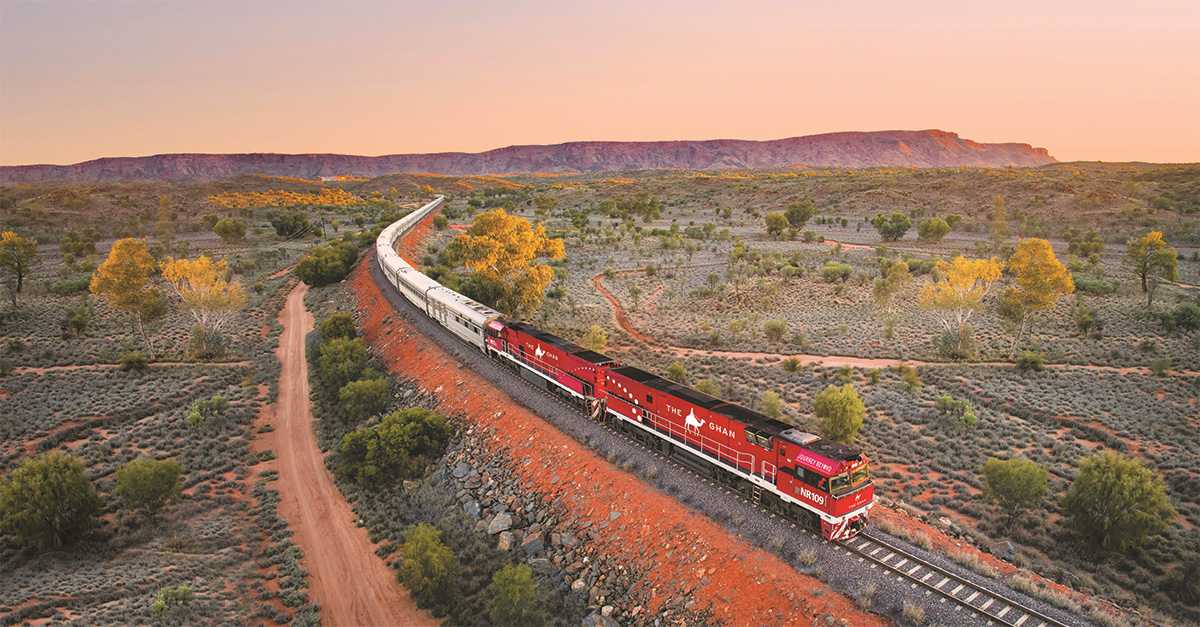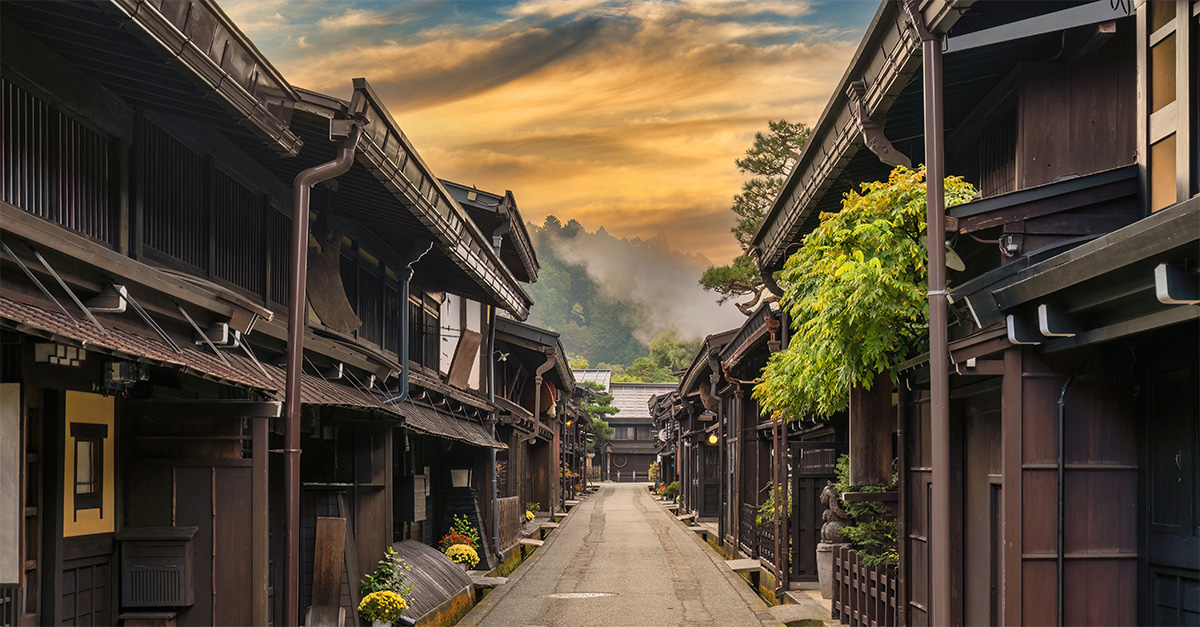Japan offers a fresh challenge for ski-savvy clients, writes Nick Savage.
Click here to download and save as a PDF.
I raised chopsticks to windburned lips and admired the spread of food on the table. The customary ski resort fare of schnitzel, spaetzle, burgers and chilli con carne had been swapped for an eye-popping array of sushi, sashimi and donburi, as colourful and fresh as you’d find in London’s most expensive izakayas, hauled from the area of the north Pacific that hems in the Japanese island of Hokkaido. As it turns out, skiing in Japan offers unique benefits.
It might be a newcomer to the snow-sports scene, but Japan offers incredible skiing. According to Kikuo Eri of Prince Hotels, the start of the 2019-20 season had been a “disaster” – even before the turmoil of Covid-19 – with the least snow for two decades. That being said, it was just as good as the snow I skied in Breckenridge, Colorado, during one of its best-ever years. Even in a poor year, Hokkaido offers some of the best snow on the planet, and for clients who want to skip the usual European resorts in favour of a holiday that combines culture, food, scenery and ski, it’s worth looking farther afield.
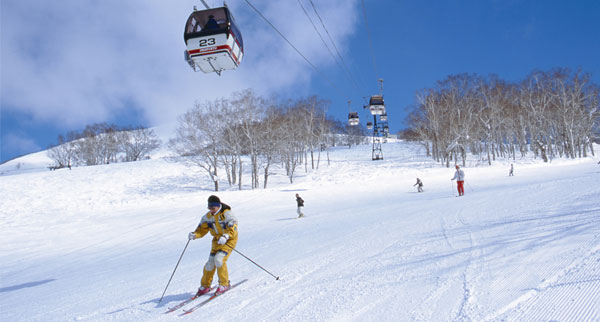
Why Japan?
Japan may seem like a long way to travel to go skiing but there are a number of factors that make it unique. High-pressure systems from the Asian continent sweep eastward, picking up moisture as they reach the low‑pressure systems of the Pacific and unloading it on Japanese mountains. Not only is there an abundance of powder – Niseko receives 14 metres of snow on average per season – but it is of an exceptional quality: cold, airy and dry, the celebrated ‘champagne powder’.
“Onsens (hot springs) are found throughout the volcanic mountain range and are a perfect balm for sore muscles and cold, dry skin.”
Alongside this, there are several reasons that make Japan an appealing snow-sports destination compared to Europe or the United States. The obvious one is the cultural experience. Japan boasts an incredible culture and its history, art and cuisine are like nowhere else in the world. Onsens (hot springs) are found throughout the volcanic mountain range and are a perfect balm for sore muscles and cold, dry skin. It’s also very easy to tie in a city break to Tokyo or Sapporo when skiing in Japan, or integrate skiing into a longer, culture-oriented tour.
It can also be a good way to save money, despite the long-haul flights. Renting a chalet in the Alps might be the biggest outlay your family makes that year, but lift prices in Japan are half the price of European or North American resorts, the cost of lodging is much less expensive, and amenities cost less in Japan. While Tokyo may be expensive, the rest of the country offers a value that many British travellers are unaware of.
So, which resorts are worth visiting?
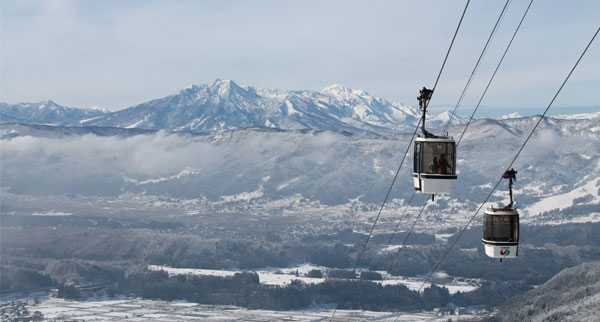
Ski central
Niseko: Snowboarding through the trees at Niseko was unlike anything I’ve ever experienced. Shimmering, spindly silver birch had been fleeced with buckets of white woolly snow, with wide lanes between them offering clean lines down the mountain.
Niseko is the largest resort in Hokkaido, with an international village where most people speak English, and tourists from around the world. As such, it’s one of Japan’s most-accessible winter resorts. A Ritz-Carlton Reserve with ski-in, ski-out facilities is due to open in December, plus nearby hotel Nest has rebranded as Miru Niseko, offering a mix of hotel rooms, apartments and lodges an eight-minute drive from the resort.
Rusutsu: The second-largest resort is spread over two mountains with incredible views of Mount Yōtei, Lake Tōya and Uchiura Bay. It’s quieter than Niseko, with similar snow, two hotels and quirky touches including an amusement park, which can be skied through in high snow. Its airport transfer buses are now running at reduced capacity to allow for social distancing, and gondolas are being disinfected between each ride.
“Furano boasts a higher altitude and the conditions are some of the best in the country, with more bluebird days than any other mountains and exceptional powder.”
Furano: Furano is located on a dense spine of mountains running up the belly of Hokkaido. It offers a more localised experience for those who want to immerse themselves in the island’s culture, with a clientele that is predominantly Japanese. Furano boasts a higher altitude and the conditions are some of the best in the country, with more bluebird days than any other mountains and exceptional champagne powder.
Hakuba: Located in the northern Japanese Alps west of Nagano, Hakuba Valley offers 11 resorts and amazing izakayas and bars tucked among traditional villages, as well as night skiing, diverse terrain and Olympic
race trails.
Nozawa Onsen: Not far from Hakuba, Nozawa Onsen is a charming traditional village peppered with hot springs. It offers consistent powder conditions, quiet slopes and terrain for all levels, and even has its own micro-brewery. A new gondola system has been built for the 2020-21 season, making the resort easier to access and halving travel time from 16 minutes to eight – so clients can spend even more time on the slopes.
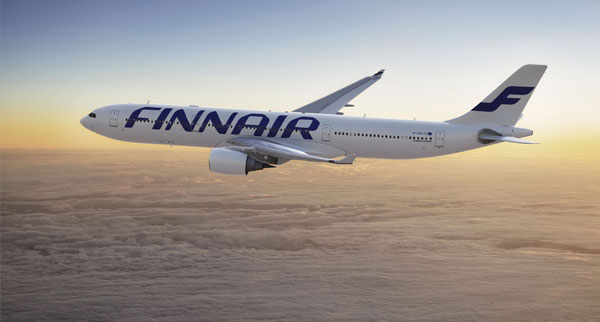
Getting there
Finnair offers economy flights from Heathrow or Manchester to Tokyo Narita, via Helsinki, from £503 return. Onward connections to Sapporo must be booked as a separate ticket, from around £80 return. A direct service from Helsinki to Sapporo that commenced in December 2019 has been put on hold but the airline said routes would be reviewed as demand returns.
finnair.com
Fast fact
Covid-19 protocols added across Hokkaido prefecture include temperature and travel history checks, cleaning of high-touch areas, floor stickers for social distancing and protective screens at check-in desks.
Read more
Ask the operator: How to sell snow and ski holidays
Exploring Tōhoku in northern Japan
48 hours in Osaka, Japan

